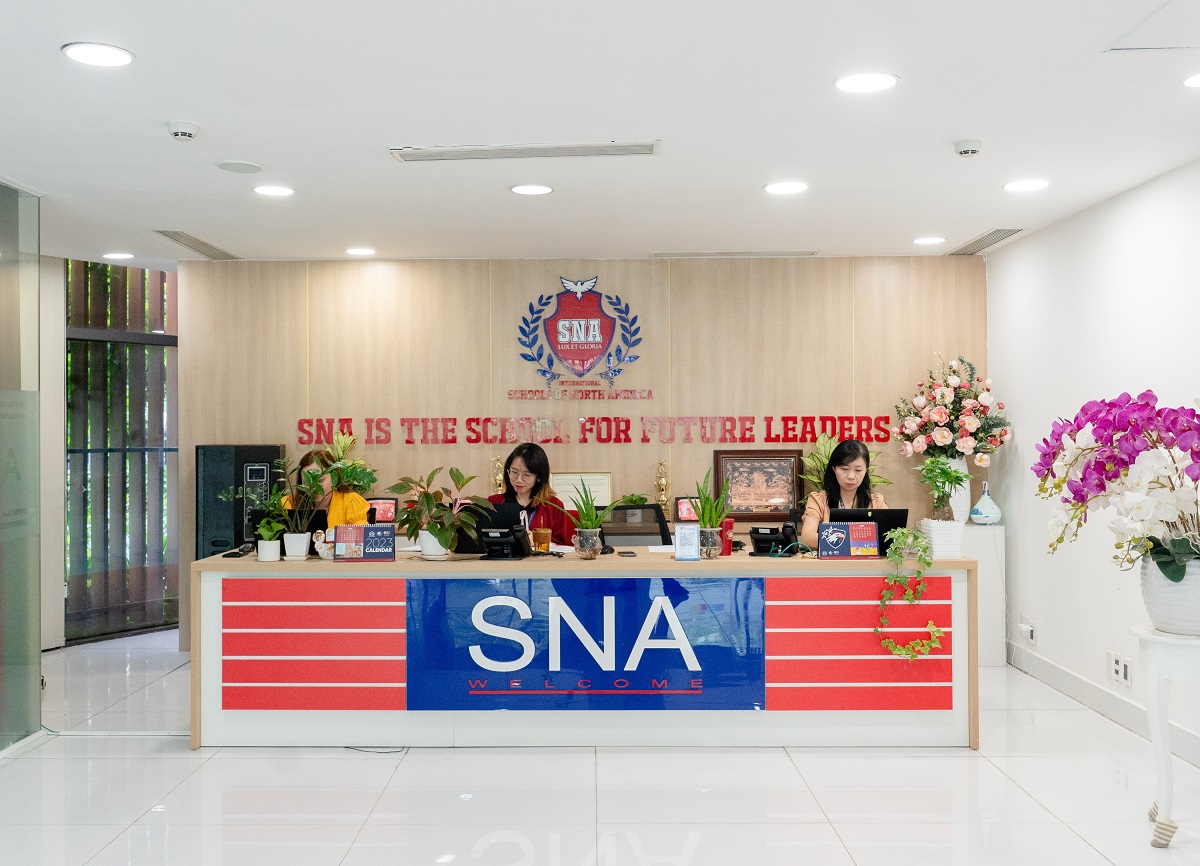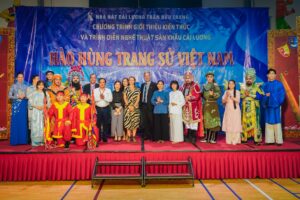International School or Bilingual School: Which One Should You Choose for Your Child?
In the journey of raising children, choosing a high-quality educational environment plays a decisive role in shaping their future. Today, international schools and bilingual schools are two educational models that receive significant attention from parents. So, which is better for your child: an international or bilingual school? Let’s explore the answer with SNA in the article below.
Related Articles:
- List of Reputable and High-Quality International Primary Schools in Vietnam
- Top 5 International Middle Schools in Ho Chi Minh City and Hanoi, Vietnam
- Best International High Schools in Vietnam: Top Choices in Ho Chi Minh City and Hanoi
Understanding the Difference Between International and Bilingual Schools
Many parents still confuse international schools with bilingual schools. While both prioritize foreign language instruction, they are fundamentally different in their structure and educational approach. Before deciding which is best for your child, parents should take the time to understand the differences and benefits of each model.
Definition
International schools are 100% foreign-invested and established by individuals, organizations, companies, or corporations. These schools use English as the sole language of instruction.
Bilingual schools deliver lessons in both Vietnamese and a foreign language such as English, French, German, Russian, Chinese, or Japanese. In Vietnam, most bilingual schools teach in Vietnamese and English.
>>> Related articles: Top 3 Best Monolanguage International Schools in Ho Chi Minh City

Curriculum
International schools generally follow internationally recognized curricula such as the International Baccalaureate (IB), Cambridge International Programme, Advanced Placement (AP), or Edexcel. All teaching and communication between students and teachers are conducted in English. This immersive environment helps students develop their English skills naturally and access a comprehensive global education.
Bilingual schools combine the Vietnamese Ministry of Education’s curriculum with an international programme from countries such as the United States, United Kingdom, Canada, or Australia. Students learn both the national curriculum and enhanced foreign language instruction, along with international subjects like Global Mathematics and Science.
Extracurricular Activities
Both international and bilingual schools value extracurricular activities, though the focus and format may vary depending on each school’s mission and philosophy.
At international schools, in addition to hands-on experiences, students also participate in globally themed activities. These may include language or cultural clubs, global issues discussions, and participation in international competitions and tournaments. These are typically conducted in English.
In bilingual schools, extracurricular activities often combine international themes with local cultural elements. Activities can be conducted in both Vietnamese and English.
>>> Related articles:
- Top International Schools in District 7: Quality Education for Your Children
- Study Abroad Planning and the Roadmap to Top Universities Worldwide

Teaching Staff
Understanding a school’s teaching staff can help parents make an informed decision. At international schools, about 60% to 80% of teachers are foreign nationals, with Vietnamese teachers typically serving as assistants or support teachers.
In bilingual schools, the teaching team is a mix of local and international teachers, with foreign teachers making up about 20% to 40% of the staff.

Tuition Fees
Bilingual schools generally charge from 100 million to 500 million VND per year. At the International School of North America (SNA), tuition ranges from just over 500 million to more than 800 million VND per year depending on the grade level (from Primary to High School).
You can refer to SNA’s detailed tuition chart here.

Learn More About the International School of North America (SNA)
Ultimately, whether to choose an international or bilingual school depends on multiple factors, including educational goals, long-term plans, and the family’s financial situation. If your child plans to study abroad or pursue a global career and tuition is not a major concern, then an international school is the preferred choice. Among them, SNA is an ideal environment trusted by many families.
SNA – A Leading Through-Train International School in Ho Chi Minh City
Founded in 2005, SNA is one of the most reputable through-train international schools in Ho Chi Minh City. It offers a seamless educational experience from Primary through High School, minimizing disruption during transitions between grade levels.
To provide the best learning environment, SNA invests in world-class facilities that support academics, recreation, and personal development. The school has over 80 classrooms and 10 specialized rooms such as science labs, art studios, music rooms, and STEM rooms. Additionally, it offers playgrounds, a swimming pool, sports fields, indoor arenas, boarding areas, and more – all built to international standards.

Full IB Programme Offered at SNA
SNA is one of only six schools in Vietnam authorized to offer the full International Baccalaureate (IB) continuum, including the Primary Years Programme (PYP), Middle Years Programme (MYP), and Diploma Programme (DP). Students benefit from a continuous and cohesive education that prepares them to enter university and adult life with confidence.
The IB is a globally prestigious education system recognized by leading universities worldwide. It is student-centered, with teachers acting as facilitators. While academic expectations are high, students are not ranked or pressured; instead, learning is personalized to ensure a strong foundation and skill development that helps students discover and express their full potential.
Related articles:
- A Round-Up of Reputable International Schools Offering the IB Programme in Vietnam
- Top International Boarding Schools in Ho Chi Minh City with the Best Reviews
- Top 10 International Schools in Ho Chi Minh City 2025

Nurturing Future Leaders and Global Citizens
At SNA, academics are only one part of the picture. The school emphasizes a holistic approach to education by cultivating essential skills through experiential learning, critical thinking, and open discussions. This empowers students to unlock their full potential and become the best version of themselves.
SNA is also home to a diverse community of students and teachers from countries such as the UK, USA, Germany, Canada, China, Dubai, Thailand, South Korea, and Japan. This creates a truly multicultural environment where students can learn to collaborate, embrace diversity, and thrive in international settings.
Graduates of SNA not only excel academically but also demonstrate creativity, leadership, problem-solving, resilience, and compassion. SNA is proud to nurture globally minded, capable, and responsible individuals who will shape the future.
If you’re still wondering whether to enroll your child in an international or bilingual school, we hope this article provided clarity. For those looking to explore international education, SNA is currently offering up to 35% off tuition fees for the 2025–2026 school year. Don’t miss this opportunity – contact us today!





















